The Twitterverse is atwitter....as Brits teach Americans how to make a proper cup of tea.
It's the fallout from a TikTok video that shows an American woman brewing a cup of tea in the microwave.
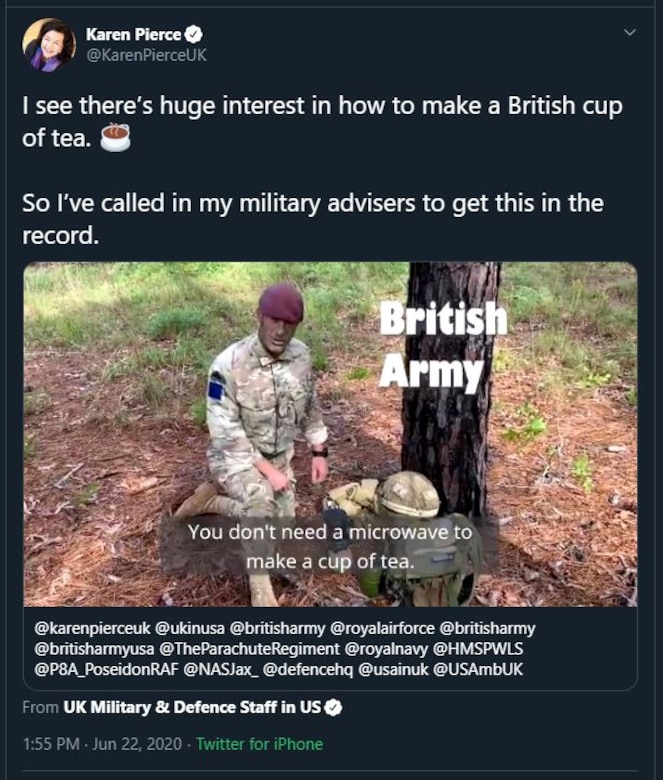
The British army, navy and air force jumped in to educate their military cousins across the pond, letting them know that brewing tea requires a kettle, tea bag, milk and sugar.
Microwaving is a faux pas, and even the order you put things in the hot water matters.
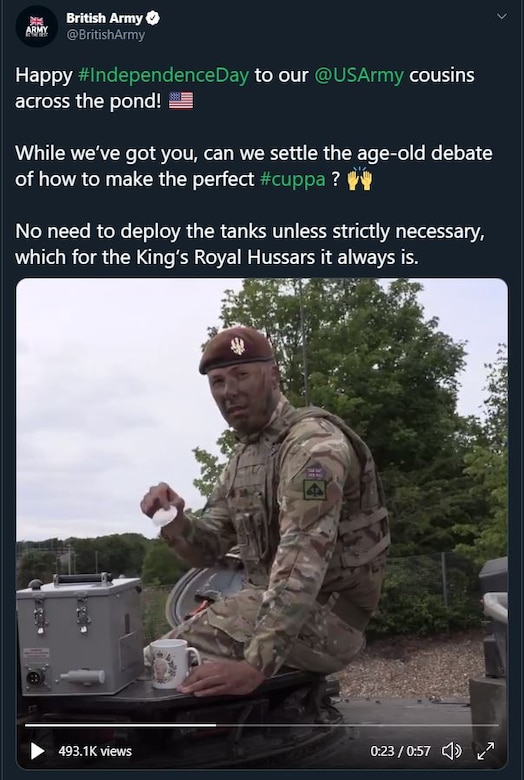
While U.S. service members applaud the British for their willingness to impart their tea-making wisdom, it may be unnecessary. Military service members of the United States of America do not — as a rule — drink tea.
Service members do, however, drink coffee, and they will go to great lengths to ensure they have their morning cups of go-juice. Coffee and service members is a tradition as time-honored as the services themselves.
In garrison, forward operating bases, and even combat outposts, there's always coffee available somewhere. Service members can grab a foam or paper cup, pour in the coffee and fix it the way they like it. At larger bases, there's even a choice of liquid creamer and fake sugar available.
For service members in the field, rations — or meals ready to eat — even come with instant coffee, powdered nondairy "creamer" and sugar. There's also a flameless heater that gets the instant coffee hot enough to burn the mouth. But if they're desperate, soldiers just dump the coffee granules into cold water, shake it and slam it down.
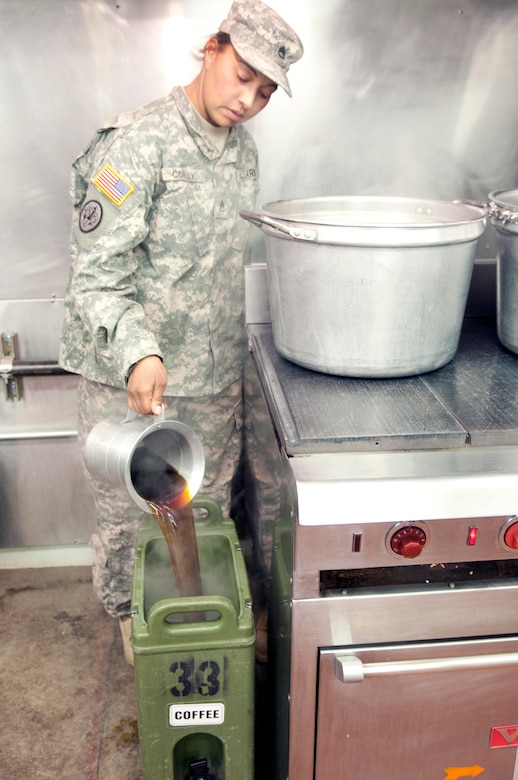
The U.S. military makes every effort to get coffee to the troops. During the Civil War, getting a hot cup of coffee was a real morale booster. Young William McKinley delivered hot coffee to his unit under fire at the battle of Antietam, Maryland — which he noted as he rose in politics, eventually being elected U.S. president in 1896.
Civil War soldiers didn't have all the accoutrements that today's coffee snob has. At every break in a march, the troops would build a fire, heat water and use their musket butts to crush the beans. They would dump them in the water, and let it steep.
According to a Navy legend, the phrase "cup of Joe" was coined after Navy Secretary Josephus Daniels outlawed booze on board ships in 1914. Coffee was the strongest drink a sailor could have.
During World War I, cooks tried to deliver hot coffee to the troops manning the trenches. Behind the lines, Red Cross volunteers called "doughnut dollies" made sure there were coffee and doughnuts for troops coming off the line or going in.
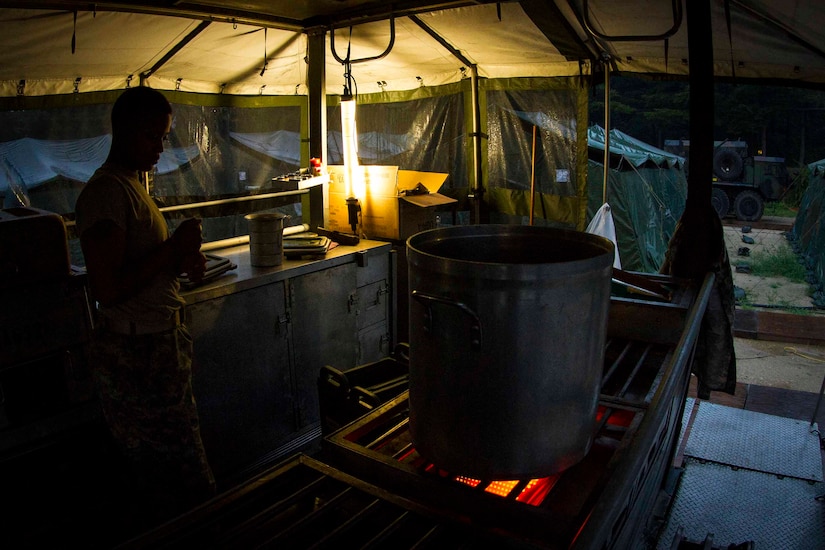
During World War II, troops from Iwo Jima to the Battle of the Bulge dug through their rations for a caffeine fix.
At the dedication of the Korean War Memorial in Washington, one Korean War vet described "sock coffee" that his Marine platoon made up by the Chosin Reservoir. They took a sock, filled it with coffee grounds, and dunked it in a canteen cup with boiling water. "We tried to get a clean sock, but we didn't care," he said.
During the Vietnam War, troops used pinches of C-4 plastic explosives to heat the coffee in their ration packets.
In 2003's Operation Iraqi Freedom, Americans sent lots and lots of coffee to the troops. In one instance, a platoon got 10 bags of Starbucks coffee, but it was whole-bean, rather than ground.
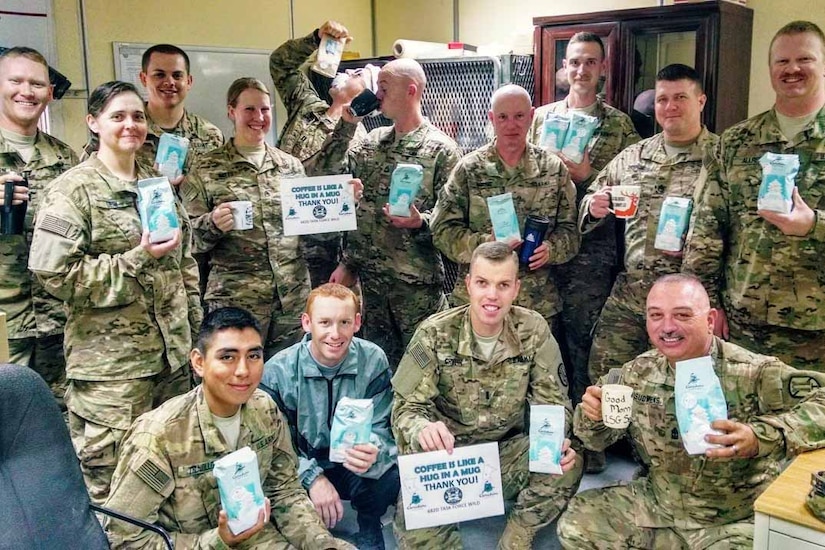
There actually was a young 3rd Infantry Division soldier who had a coffee grinder — but in all the moving, it had been broken. This same soldier took fishing poles to Baghdad, but he actually got to use those.
Someone mentioned how the troops during the Civil War had done it, and the tradition continued. The troops soon liberated a huge pot from the Baghdad International Airport, filled it with water and put it over a fire. They put the coffee beans in a plastic sandbag and used their weapons and bricks to crush them. Then they dumped the result into the boiling water.
The coffee was so strong, it would walk over to you if you whistled.
It was just what they needed.








No comments:
Post a Comment